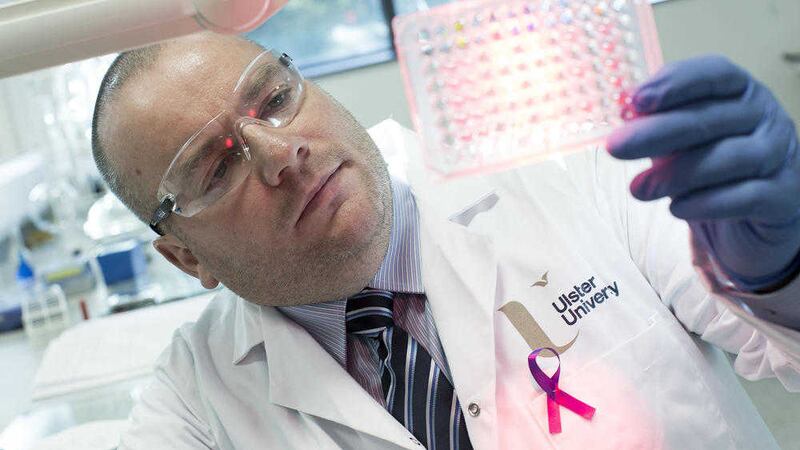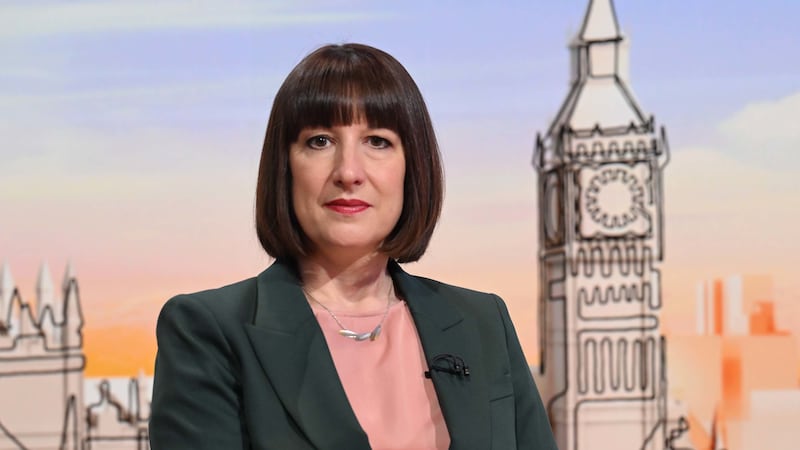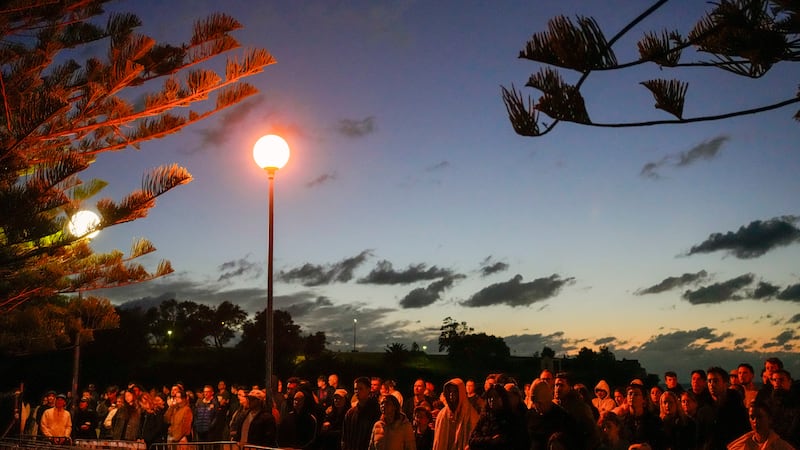A BREAKTHROUGH in the treatment of pancreatic cancer has been revealed by scientists at Ulster University.
The disease has the lowest survival rate of cancers, with just four per cent of sufferers living beyond five years - a figure that hasn't changed since the 1970s.
Researchers at UU have discovered a minimally invasive treatment that has shown a five-fold reduction in tumour size, making it one of the the most significant advances to improve outcomes.
Around 200 people die from pancreatic cancer each year.
The team, which worked with experts from Oxford university, developed tiny oxygen filled 'microbubbles' that have a non-active drug attached to the surface.
By injecting tumours with the microbubbles, they used ultrasound to activate the drug as well as release oxygen to make it work even more effectively.
"After the microbubbles have been delivered by injection, they are purposely burst in the tumourusing harmless sound waves, releasing the oxygen and non-active drug. These sound waves also activate the drug, a treatment known as sonodynamic therapy (SDT), making it kill the tumour cells," explained lead UU researcher Professor John Callan.
"Because we can control exactly where the sound waves go, we can selectively target the tumour and spare healthy tissue making this a highly targeted therapy with reduced side-effects.
"We have also shown that our treatment can be combined with existing pancreatic cancer treatments leading to an even greater therapeutic effect. This really is a groundbreaking development and one of the most promising advances in pancreatic cancer research for decades."
Conventional cancer treatments such as radiotherapy and certain chemotherapies are often limited by poor oxygen supply.
The scientists say a big advantage of their treatment is that when the microbubbles burst, they provide a temporary boost in the amount of oxygen available in the tumour.
Top pancreatic cancer surgeon Mark Taylor said he is excited by the potential offered by the new treatment.
"Pancreatic cancer patients typically present at an advanced stage because the disease tends to have few symptoms until it is well established. By the time patients seek medical advice the tumour tends to be large and well established in the abdomen, making surgical intervention and other treatments largely unsuccessful.
"This therapy has the potential to reduce pancreatic tumours to a size which would make surgery an option for a greater number of patients, as well as increasing palliative care options at the very advanced stage. It is a very positive step forward in treating one of the most challenging forms of the disease."








